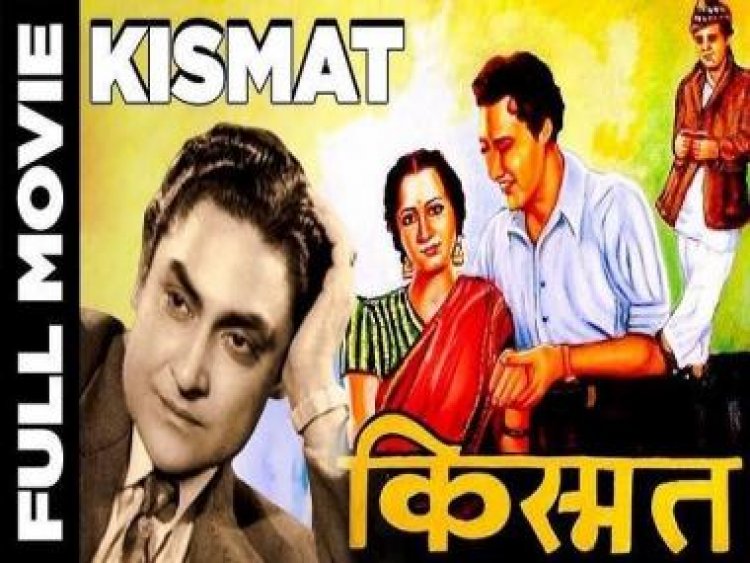Retake: Lost and found within the great Indian family
Retake: Lost and found within the great Indian family

In a recently published story in the BBC, a man pretended to be the long lost son of a wealthy landlord in Bihar for close to 40 years. It’s a baffling tale not any less admirable for the sheer audacity of performative brilliance it conveys. An American documentary, The Imposter (2012), analysed a similarly stunning case of forged identity where a con artist foxed a Texas family into believing he was a lost son – only to discover secrets far greater than the ones he was holding onto. Identity, at least in the Indian context is determined through familial heritage regardless of individual evolution. It’s what defines you as a person and is the first calling card that people recognise you by. Which explains why Hindi cinema’s biggest trick- the lost and found – prefaced the age of familial prestige. The 90s, which really established the Great Indian family, were preceded by decades of brothers, sisters, relatives separating in their youth before subsequently finding their way back home to, the mothership.
This whole journey started with Kismet (1943) where a pick-pocket, played by the delightfully charismatic Ashok Kumar turns out to be a wealthy theatre owner’s son. Categorised as the first real blockbuster of Bombay cinema, Kismet’s devices installed the foundation for an era of filmmaking that began to obsess about the fractional nature of ‘togetherness’. In the iconic Waqt (1965) a natural disaster separates a wealthy family. However, in Amar Akbar Anthony, its villainous intent that separates three brothers at birth. Each film qualifies its application of the trope distinctly. In Waqt it’s disaster, in Amar Akbar Anthony it is greed and in something like Yaadon ki Baraat it’s pure evil. The implication is that the Indian family is a fragile institution, perpetually under threat but also the north star of identity and being. It’s also definitive in the way the mirror of life, reflects us back to our conscience.
Though Waqt came out after almost two decades after the partition, it had hints of the kind of seismic fracture that displacement represented. The film’s use of a huge star cast – unheard until then – also suggested a generational shift in the way stories were beginning to be conceived. Amar Akbar Anthony for example is less about the formulaic nature of the lost and found trope and more about the creative aspiration of some of these banal ideas. In Manmohan Desai’s seminal film the trope became a tool to emphasise the common roots of a ritually divergent humanity. We were all cut from the same cloth, only difference was we grew up to tie it distinctly and say to each, our very own personal prayer. The lost and found tool became an implicit connection of the Indian masses to their hastened trajectory of misdirection. India was independent, but did it really have the moral anchorage to lead it to a place where it would also not get lost? There was perhaps only one way, by travelling alone, finding your tributaries before returning to the sea.
The idea itself began to lose sheen, the lost and found committee engineered twins, wrapping identity into a neat little bun on incoherence and confusion to elicit what was both comic and tragic. The world flummoxing at the sight of two of the same, only because they themselves did not know of the other’s existence. And thus was born the double-role coiled within the symmetry of the lost at birth but found in time for vengeance and revenge. Hence, Seeta aur Geeta, Chalbaaz etc. It’s interesting really that this breaking up of relationships and tense familial threads almost never inspired an investigation into the parenting standards of a young India. But then, to a country that was still contemplating what to do with independence, getting lost was perhaps always going to be part of the process. Countless citizens remained missing even after the partition, and in the stories of families breaking but reuniting as a tryst with destiny of a distinctly intimate nature, their stories found other lives. Their unheard journeys became our cautious walks down untaken roads.
It’s strange really that on the one hand the lost and found trope of Hindi cinema feels dated and uninspiring and yet we continue to read reports and stories about former brothers and cousins being reunited after the partition still. Built into the erratic nature of these stories is the belief that though we may not always be with them in every moment of our lives, our family is the closest thing we have to a collective engine, a centralised system of love and recognition that can be as empowering as it can in times of anarchy or disagreement, also be the root of life’s poison. Brothers, sisters, cousins, parents and children, these threads Hindi cinema regularly cast as the many aspects of our identity, beyond which the individual is nothing but a piece of cloth ripped apart from the original yarn. The fabric might be the same, but it’s not the same story, even though it kind of is. The point is that we really maybe find ourselves when we find who we are in the context of our families, rather than the context of what we can become, away from them. Those days spent in exile, wandering lost trying to figure life though, is what ensures sustenance. It’s why we spent decades, in our cinema, and as generations wandering lost, before the 90s returned with the message, that the only way meaningful was the way back home.
The author writes on art and culture, cinema, books, and everything in between. Views expressed are personal.
Read all the Latest News, Trending News, Cricket News, Bollywood News,
India News and Entertainment News here. Follow us on Facebook, Twitter and Instagram
What's Your Reaction?


























































